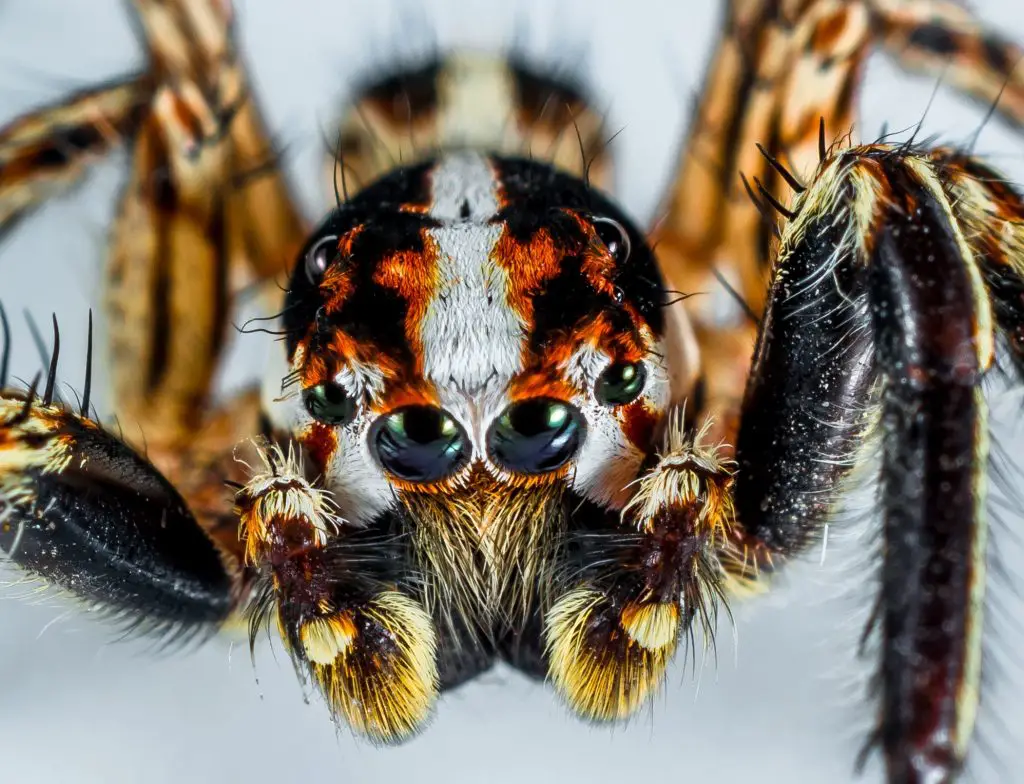Last updated on February 8th, 2023 at 02:41 pm
How long do jumping spiders live? Given their small size, they don’t live as long as some other arachnids, but with good care they can still make it to over a year in age…
The jumping spider’s lifetime ranges from three months to two years on average. In the right conditions, jumping spiders may survive for as long as three years. Despite this, the length of a jumping spider’s life depends not only on its species but also on its gender. Female bold jumping spiders often have a longer lifespan than their male counterparts. The longest-living jumping spider on record was a female Phidippus audax Bold jumping spider. She lasted for three years, making her the oldest recorded jumper ever.
The length of a jumping spider’s life cycle can also be affected by temperature and environment. Jumping spiders that have to hibernate for a significant amount of time during the cooler seasons have a greater chance of living for a longer time.
Because it is the biggest jumping spider in eastern North America, this species has been given a name that is fitting with regard to its size. The species may be found throughout:
- the greater Antilles
- tropical forests
- the Bahamas
- the southern United States
However, peninsular Florida is where it is most commonly seen.
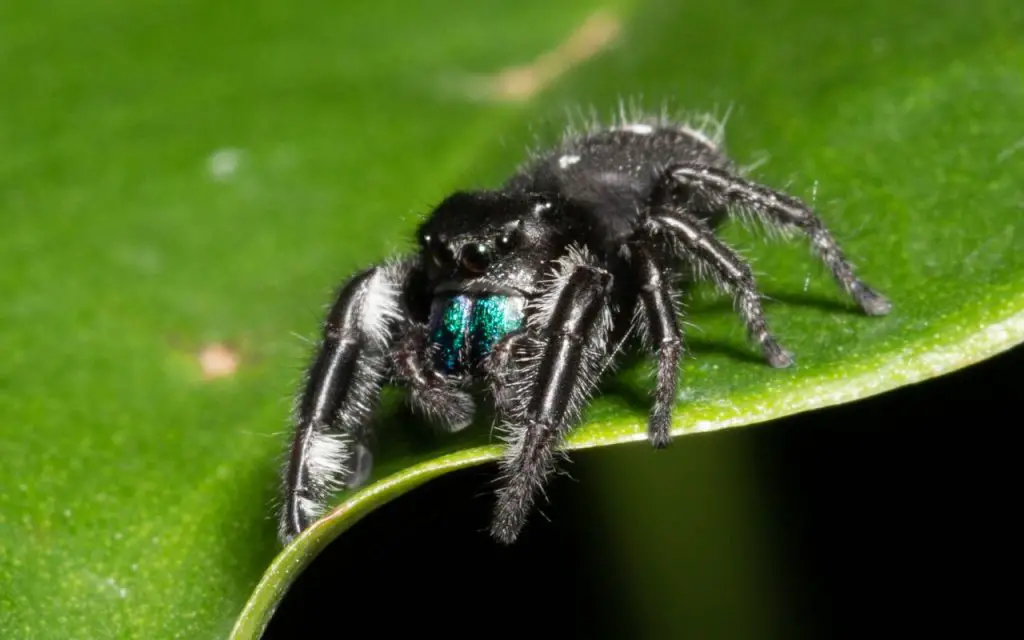
Longest living jumping spider
The record for the oldest jumping spider ever recorded belonged to a female Phidippus audax brave jumping spider. She survived for three whole years.
The average annual temperature and climate affect how long a jumping spider will live. Jumping spiders forced to hibernate for an extended period during the cooler seasons have a greater chance of living for a much more extended period of time.
It belongs to the family salticidae, the largest family of spiders. An intricate courting dance is performed by adult males when they come into contact with possible mates. This dance features sophisticated vibrations and rhythmic flailing of the limbs.
It was possible for these courtships to end with the females attacking the males, but it was also possible for these attacks to culminate in successful courtships.
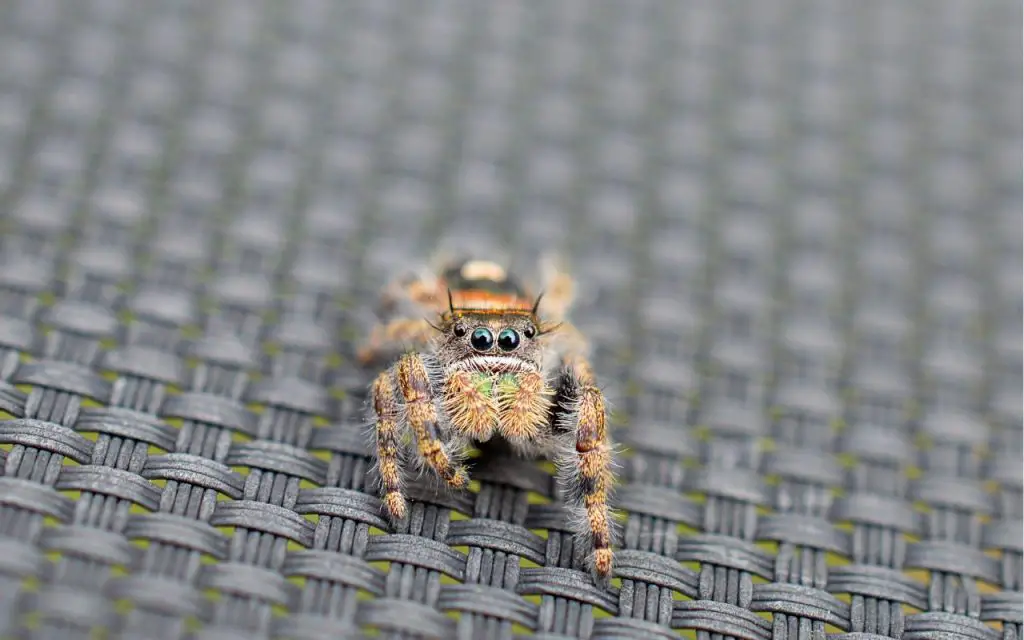
How long do jumping spiders live without food?
A typical spider can survive without food for 4–8 weeks, but only around three weeks without water. This indicates that spiders can survive without food for longer than they can without water in a variety of habitats.
Wolf spiders that have reached adulthood can survive without food for more than three weeks, but in times when prey is rare, they may modify their metabolism. They could survive without water for roughly a week, but anything beyond that would be straining their limitations.
On average, a Black Widow spider can live without food for several months and only a few weeks without water. However, there have been some Black Widow spiders that have been recorded as being able to survive without food for almost an entire year.
This is because they are able to slow their metabolism down to extremely low rates. It is believed that adult jumping spiders can survive without food for around one month. However, they cannot go more than one week without drinking water.

On the other hand, baby jumping spiders can last approximately five days without eating, but they won’t live nearly as long if they don’t drink any water.
As per research, it is vital for green light to be present when a jumping spider is hunting.
Do jumping spiders need live food?
Jumping spiders must consume actual, living insects to survive. When maintaining a pet jumping spider, it is absolutely necessary to maintain a supply of feeder bugs.
There is a wide selection of food that jumping spiders appreciate, and that is simple to maintain for them. Young spiders consume more food than their adult counterparts do.
In general, female spiders consume more food than their male counterparts. Some old spiders may go up to a month without eating anything.
Spiders that are either sitting on eggs or in the process of molting can go weeks without eating. They sit by the egg sac guarding them until baby spiders come out.
The following are examples of small insects and live food consumed by spiders:
- Flies of the green and bluebottle varieties
- Crickets Fruit flies
- Roaches
- Mealworms
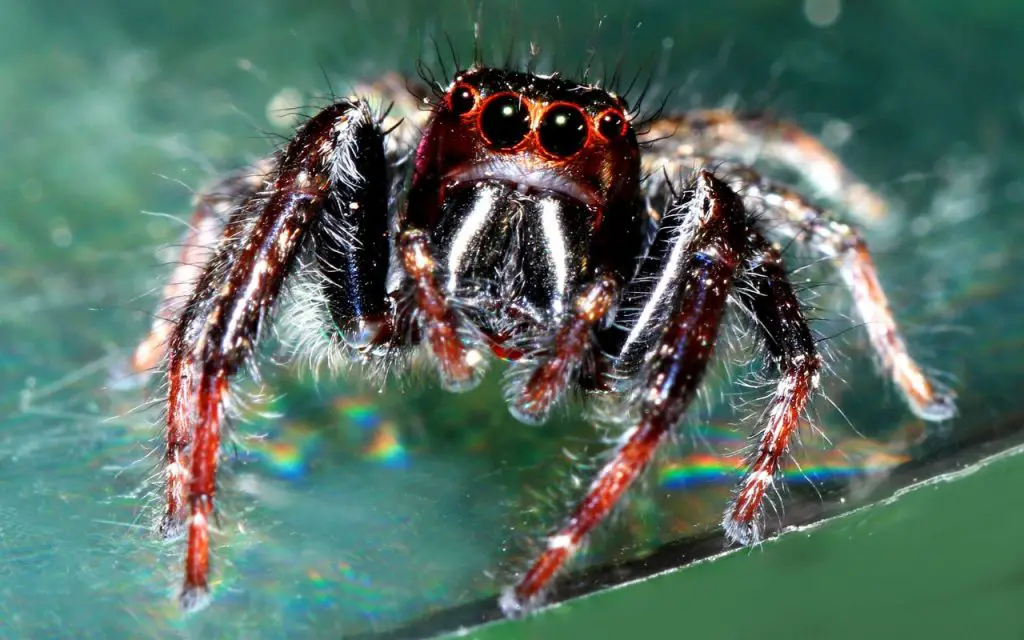
How long do jumping spiders sleep?
Even though little study has been done on the subject, it is known that spiders have circadian rhythms. This may be described as daily intervals of activity and rest.
Different species have different patterns of activity. Certain spiders are most active at night, while others prefer to get their work done during the day.
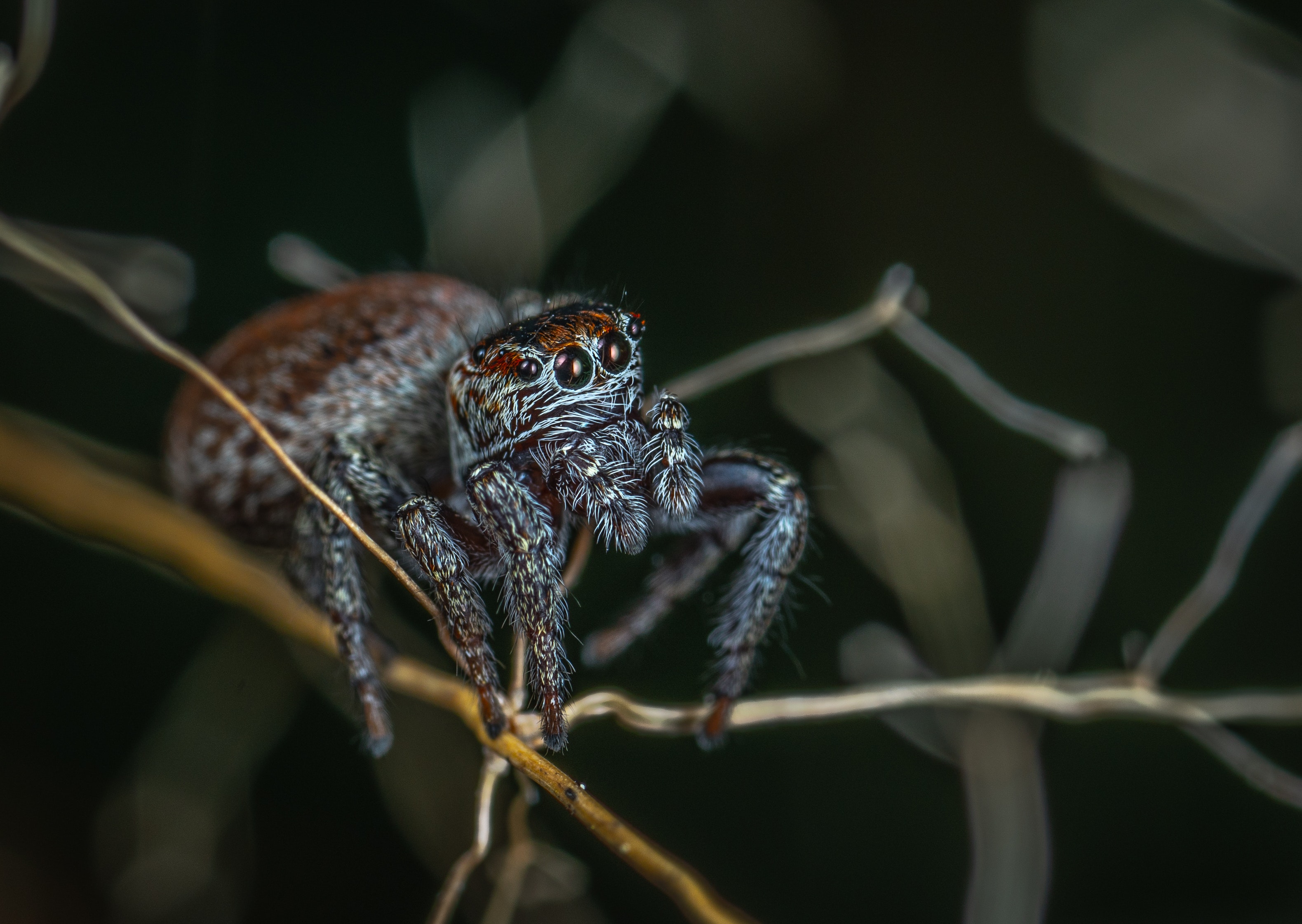
In colder climates, spiders will enter a state of torpor called hibernation, which allows them to continue existing in the form of suspended animation until the weather warms up again.
The metabolism of the spiders slows down while they are not active.
How long can spiders sleep?
Most spiders are nocturnal, meaning they are active only at night. During the day, they sleep to avoid being eaten by predators like birds, who are active during the day.
Most of a spider’s time at night is spent spinning its web in tree bark and ambushing prey that becomes entangled in it. The majority of the time, throughout the day, they will locate a spot to rest somewhere on their spider web.
Even if they are not the types of spiders that spin webs, like trapdoor spiders, they will nonetheless dig a tunnel in the earth to sleep in.
Spiders may average sleep for anywhere from eight to twelve hours each day. Each sleep period ranges in length from just a minute or two to many hours without any breaks at all.
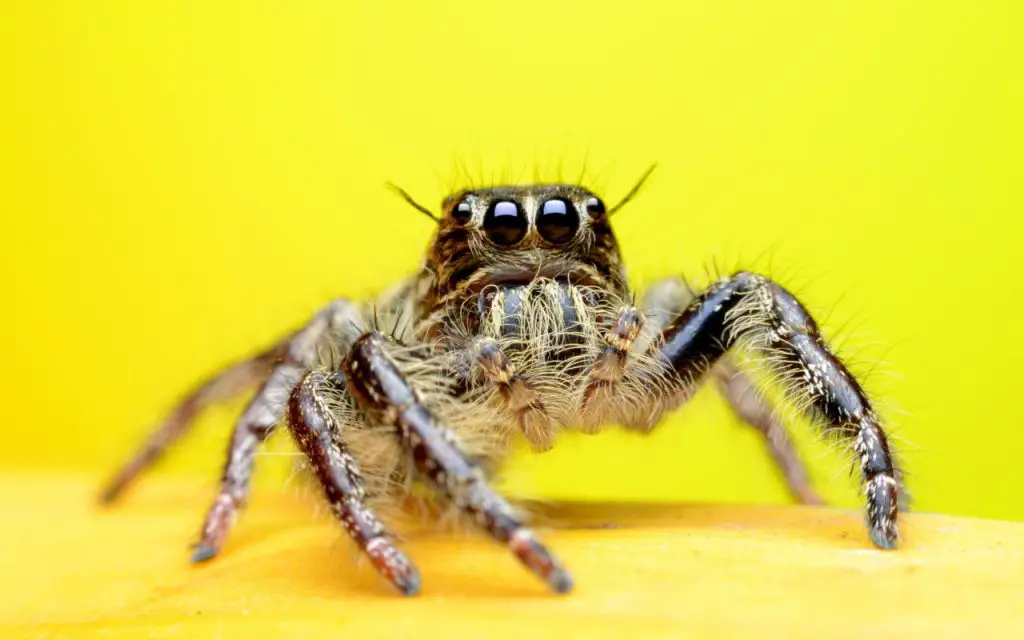
How long do regal jumping spiders live in captivity?
The regal jumping spider has a short lifespan, similar to that of other species of spiders. In point of fact, it is projected that these beings will only be able to live for a period of 10 months.
In addition, it is well known that females live far longer than their male counterparts.
Do Regal jumping spiders make good pets?
There are about 6,000 distinct species of jumping spiders, and the Regal Jumping Spider is only one of them. This species is unique owing to the sociable nature of its members and the widespread adoption of them as exotic pets.
They have a reputation for being approachable and laid-back spiders that take well to being handled and like spending time with their caretakers. After spending first time with them, you will find that they frequently engage in fascinating behaviors and are simple to control.
A jumping spider bite is also not very serious. You may not feel symptoms of these spider bites. They are almost similar to mosquito bites.
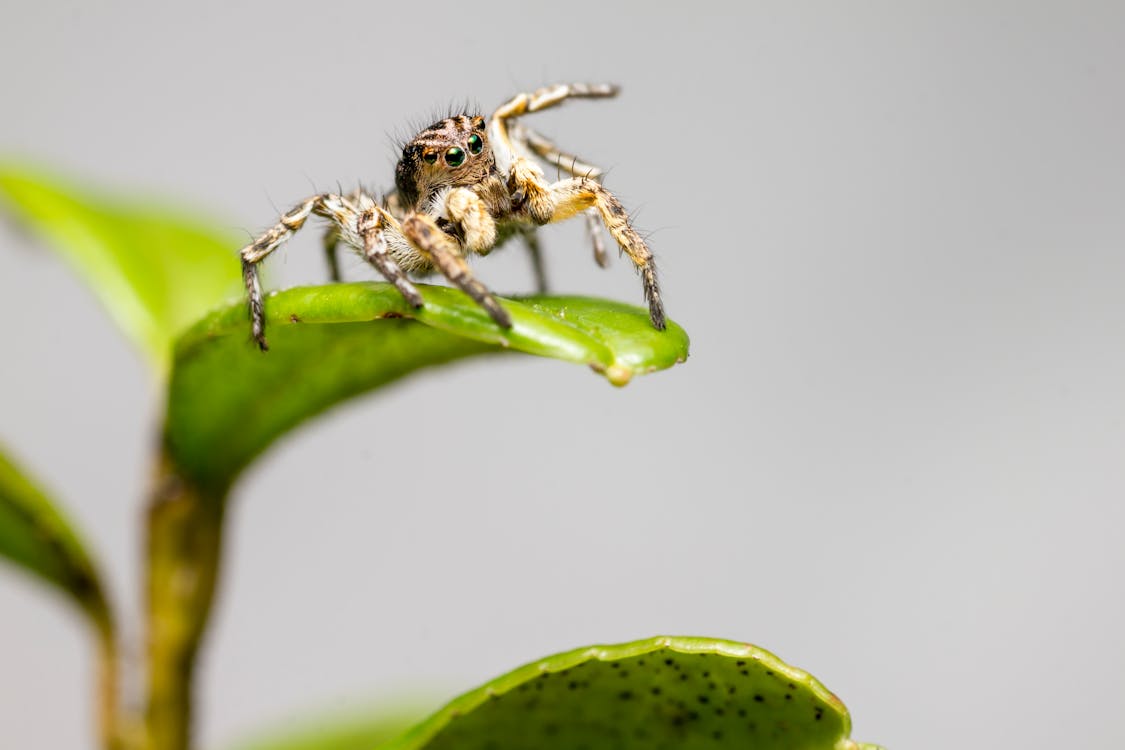
Due to the fact that they are so little, they do not take up a lot of room, making it possible to preserve them. Because of their brief lifespans, these comparatively low-maintenance pets do not require a long-term commitment from their owners.
They merely require a place to rest that is secure and pleasant, along with food and water. It won’t put a strain on your finances to provide them with food a few times a week due to their minimal initial and ongoing expenditures.
This inexpensive pet is a wonderful way to pass the time and will add some interest to the area you have available in your house.
Jumping spider for sale
Despite the fact that these arachnids do not live for very long, they may be rather expensive. For instance, a peacock spider may set you back as much as a hundred dollars.
The price range often falls between $10 and $30. It is important to consider the expense of food and housing. Compared to the expense of keeping other exotic pets, the cost of keeping jumping spiders is one of the lowest.
Everything in their housing may be done on your own. Even the source of their nourishment might be cultivated or obtained by the individual themselves.
Price of food for spiders
- Mealworms may be purchased online for between $12 and $14. (can raise some on your own)
- Culture of wingless fruit flies: between $16 and $18
- Price of a Cricket: $29.99 (can raise on your own)
Spiders have a remarkable capacity for enduring hardship. They are quite capable of looking after themselves.
You can buy a spider during any season, they mostly thrive well in the late spring or the early summer as they like sunny days. The best way is to ask an expert when you should buy a spider.
With the sole exception of feeding, given that they are housed in such a small space. In addition to this, the costs associated with maintaining them are very reasonable.
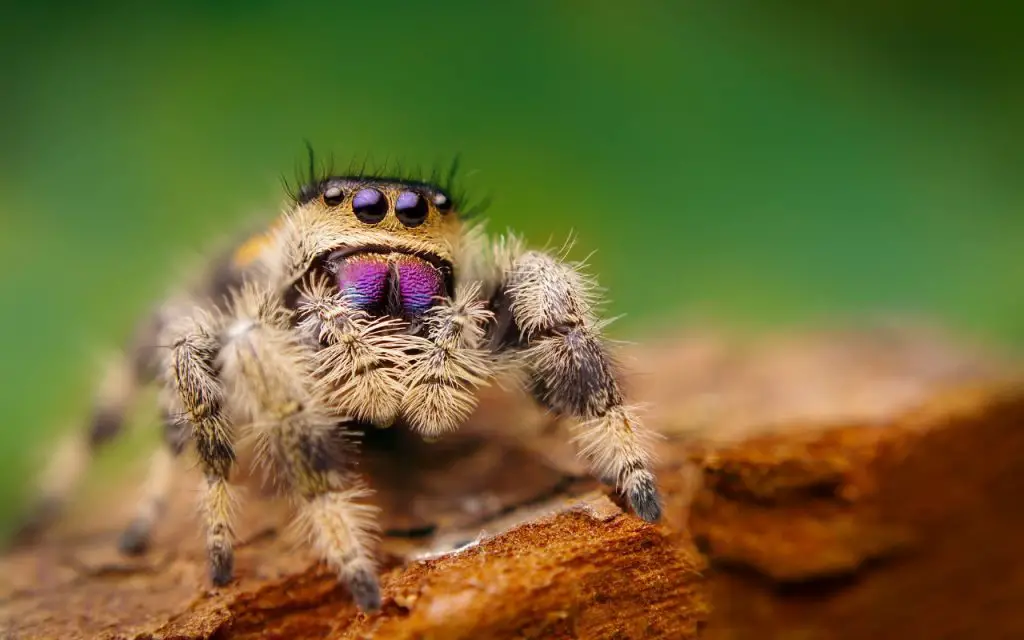
FAQ relating to how long jumping spiders live
Can you tame a jumping spider?
Jumping spiders, like most other type of spider, do not enjoy being touched or handled in any way. You should, for the most part, steer clear of trying to handle your spider in any way.
If you really have to relocate him, use a piece of plastic or some other substance to coax him so that you may move him. Be certain that the largest jumping spider is not in the process of molting. It is risky to disrupt a spider that is about to shed its skin if it is at this stage.
Excessive stress might induce problematic molt. A spider that is about to shed its skin will most likely remain hidden for several days.
If your spider is active and moving around, this would be an excellent time to remove it.
- Remove any clutter from the space around the enclosure, or move the enclosure itself to the clean workstation.
- Be prepared with a “catching cup”; a regular transparent plastic container should do the trick. In the event that something goes wrong, you are going to need it in order to be able to catch the spider.
- A piece of paper can be used to help you coax your spider out of its natural habitat.
- After the spider has been released from its enclosure, the entrance should be closed so that the spider may become accustomed to its new surroundings.
- Rather than rushing it to walk on your palm as soon as possible, spend some time studying how the spider travels about its environment.
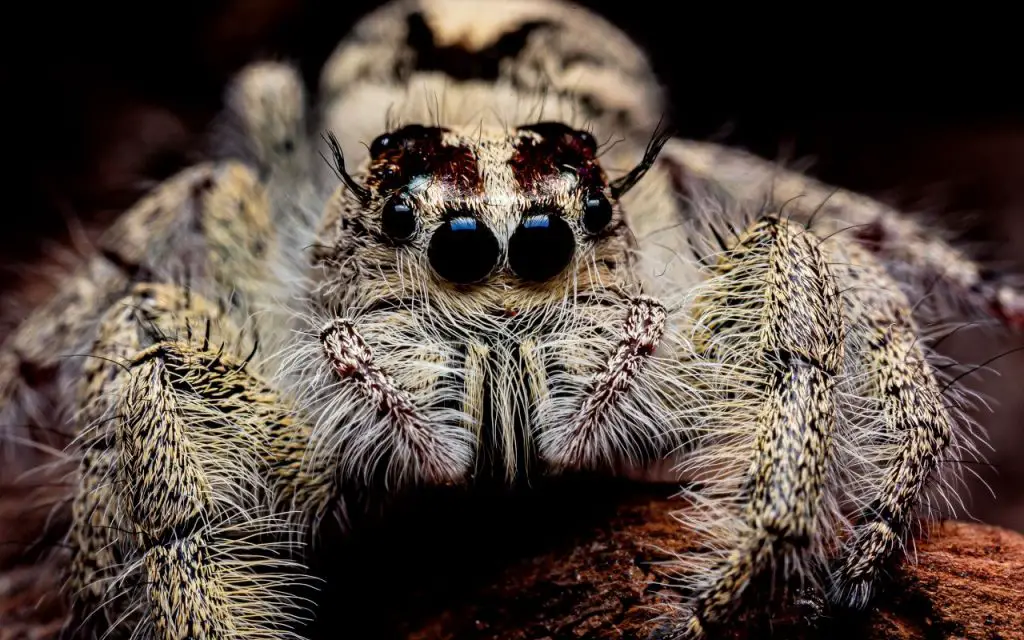
Are jumping spiders good pets?
People who have a passion for keeping exotic animals as pets will find that jumping spiders are an excellent option. They are one of the oddest animals that you can discover, in addition to being one of the least expensive and easiest to maintain.
Jumping spiders are quite similar to ordinary spiders. However, they are often much smaller and do not tend to weave webs; instead, they prefer to run and jump randomly.
Do jumping spiders bond with humans?
As long as they are treated appropriately, jumping spiders may be tame and even enjoy the company of people for activities such as playing.
They are not sociable in the same sense as cats and dogs, but they have straightforward and fundamental feelings. Aside from that, they have pairs of large eyes with excellent vision and are actually naturally intrigued about the world around them.
The forward pairs of eyes, the smaller eyes, of this species of spiders help them to see even the finest of details.
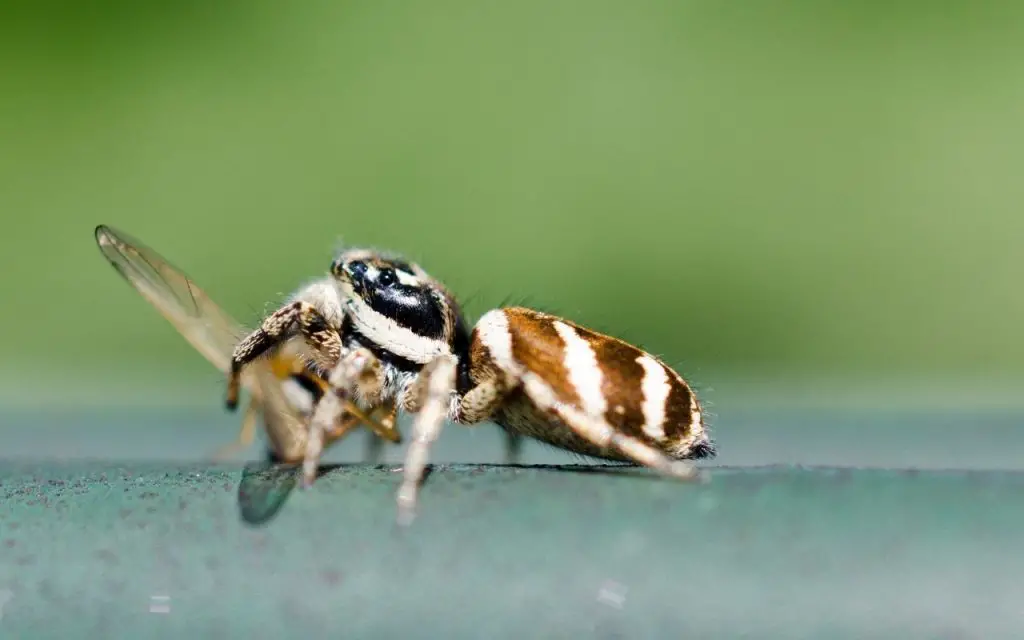
How many times can a jumping spider jump?
The moniker “jumping spider” is appropriately given to this kind of spider because several species of jumping spiders are capable of tremendous leaps. Research that was published in Scientific Reports found that certain of these bold jumpers have a vertical leap that is greater than 6 inches.
Some species, such as the Phidippus audax, can make jumps up to 50 times longer than their bodies. They have white spots. Zebra spiders have white hairs on their bodies.
It’s virtually impossible to fathom how far these spiders can jump without actually witnessing it for yourself, so don’t even try.

